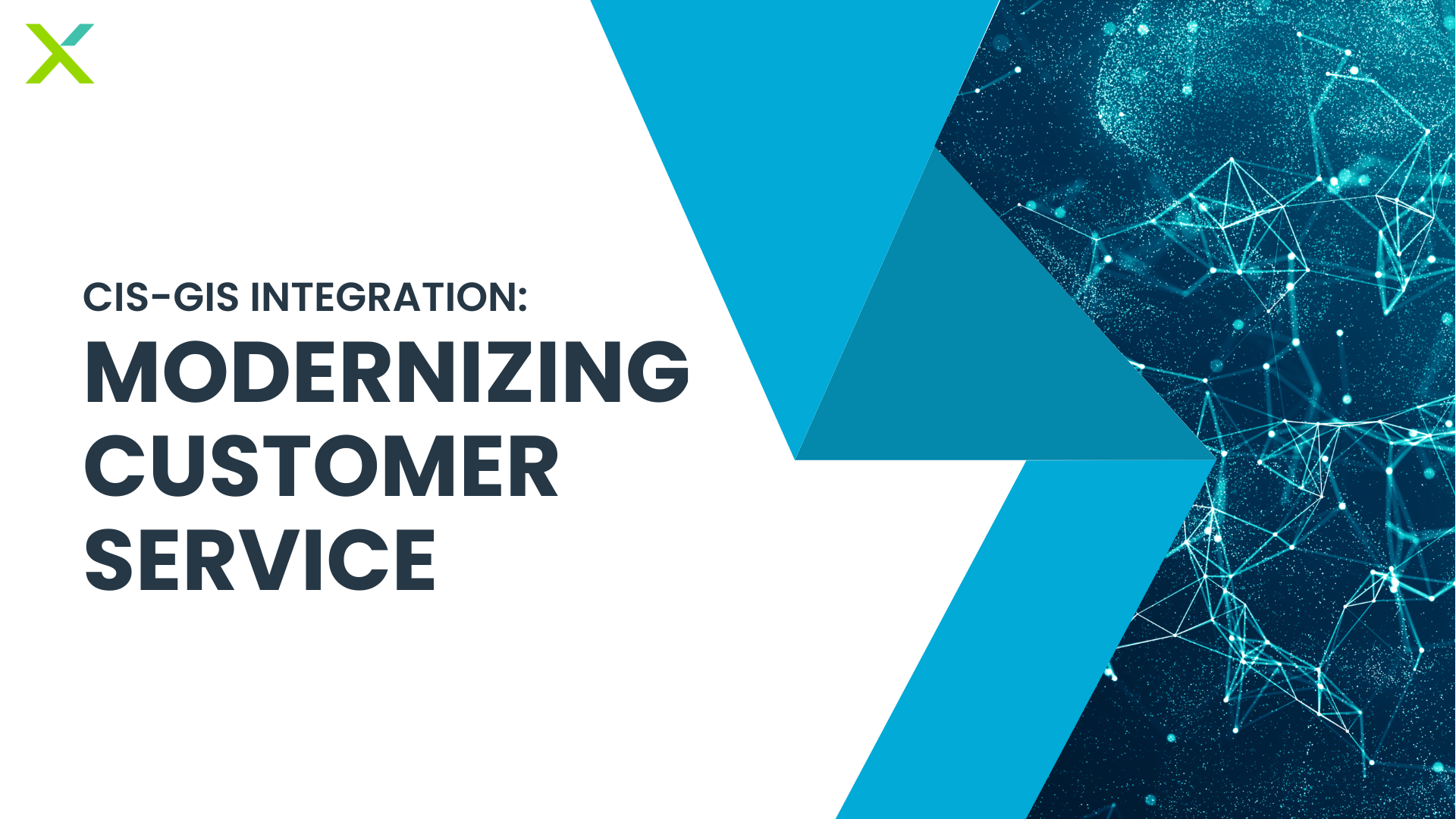
Like many other industries around the world, the utility industry is in the middle of a digital revolution – especially when it comes to customer information. Customers are now accustomed to accessing huge amounts of information at their fingertips, on demand, all the time. As the rest of the world has evolved its customer service capabilities, utility customers now expect frequent updates, instant access to account information, the ability to pay bills, and 24/7 uptime/downtime notifications from utilities.
The utility industry is working hard to modernize systems and provide these services that customers expect, but that’s no small undertaking. With the amount of data (and data collection/management systems) required to implement these features, utilities have their work cut out for them. One way to make customer service innovation easier is to integrate Customer Information Systems (CIS). Here are a few ways system integration can help you get started on the path to upgrade your customer service offerings:
Customer Service Representatives (CSR) are the chief users of CIS, responsible for managing customer information that’s gathered directly from customers or captured by field crews. These are the two main ways the data in CIS gets updated; if one or both are interrupted, the CSR can’t update CIS. Delayed updates can quickly lead to CIS data becoming out-of-date, which requires hours of manual effort and the shifting of other priorities to resolve before the problem gets out of control.
Because GIS is usually the system of record for equipment and other assets in the field, many utilities choose to integrate their GIS and CIS systems to avoid the problem outlined above. CIS-GIS integration through the Geonexus Integration Platform allows for automatic, near real-time data synchronization that prevents data from getting out of date and automatically reports any errors or other inconsistencies between systems. Additional use cases from Geonexus customers include:
CIS-GIS integration is a tried-and-true way to modernize customer information management, but it’s not the only combination that makes use of integrated CIS data.
CIS integration doesn’t start and stop with GIS. Integrating with Enterprise Asset Management (EAM) systems is also commonly used for synchronizing CIS data (name, phone numbers, addresses) with data stored in EAM systems like IBM Maximo (work orders and asset information). For example, field crews could save time usually spent searching for data stored in either the CIS or EAM because the Geonexus Integration Platform allows that data to be viewed in one place, even on the tablets and smartphones commonly used for field work.
Of course, there’s more to CIS-EAM integration than just viewing data. Geonexus customers have used CIS-EAM integration to accomplish the following tasks:
Keeping CIS and GIS data in separate, siloed systems negates a huge part of its usefulness and raises the potential for technical debt that accompanies siloed data. Using data to make major decisions is part of every utility’s workflow, and that data is only going to get more important as the methods to gather and utilize it become more advanced. CIS-GIS integration is simply an evolution of how utilities can synchronize and manage that data while using it to inform their operations, and it’s available today through the Geonexus Integration Platform.
At Geonexus our mission is to ensure integrity and reliability of enterprise data to support effective decision making. Our Integration Platform is an enterprise-grade integration solution that is easy to use, reliable, and includes out-of-the-box connectors for Esri® ArcGIS®, IBM® Maximo, SAP®, ABB® Ellipse, Oracle® Utilities, and other leading enterprise systems. Asset-intensive organizations across the globe use the Geonexus Integration Platform in industries including utilities, telecommunications, pipeline, transportation, and government.